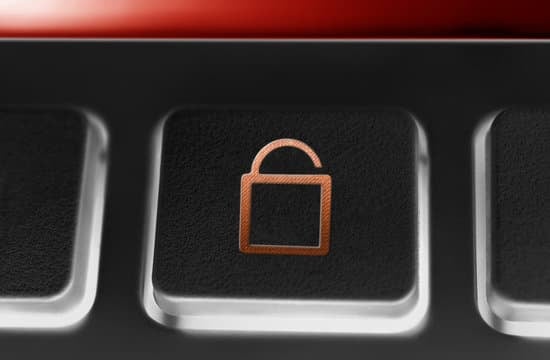In the realm of cybersecurity and data protection, SSL (Secure Sockets Layer) certificates play a pivotal role in establishing secure communication channels.
These certificates use encryption to safeguard sensitive information as it travels between users’ browsers and web servers. However, the world of SSL certificates is rich and diverse, with various formats designed to serve specific purposes. In this article, we’ll delve deeper into the intricacies of common SSL certificate formats: CRT, PFX, PEM, DER, CER, and CRL files.
1. CRT (Certificate)
The CRT format, short for “certificate,” is a fundamental type of SSL certificate. It contains critical information such as the public key, domain name, issuer details, and expiration date. This information is crucial for verifying the authenticity of a website and establishing secure connections. The CRT format often pairs with a separate private key file, which is used for decrypting data encrypted with the associated public key.
2. PFX (Personal Information Exchange)
PFX, also known as PKCS#12, is a versatile SSL certificate format designed to store both the private key and the public certificate in a single, encrypted file. PFX files are typically password-protected, adding an extra layer of security. This format is particularly useful for situations where you need to transport an SSL certificate and its private key together, such as when setting up a new server or transitioning between servers.
3. PEM (Privacy Enhanced Mail)
PEM is a widely adopted format for various cryptographic entities, including SSL certificates, private keys, and Certificate Authority (CA) certificates. It is a base64-encoded, human-readable format that supports both binary and textual data. PEM files often have extensions like .pem, .crt, .cer, and .key. These files are encapsulated between “BEGIN” and “END” markers, indicating the type of data they hold (e.g., CERTIFICATE, PRIVATE KEY). PEM format is flexible and well-suited for various applications.
4. DER (Distinguished Encoding Rules)
DER is a compact binary format for SSL certificates. It is highly efficient and well-suited for situations where minimizing data size is essential, such as in embedded systems or low-bandwidth networks. Unlike PEM, DER files lack human-readable markers and are less flexible due to their binary nature. However, they retain all the necessary certificate information and can be easily parsed by software.
5. CER (Certificate)
CER files are commonly used to store public SSL certificates. They can be in DER or PEM format, containing the public key, certificate details, issuer information, and more. While CER files do not include private keys, they are crucial for validating the identity of websites during the SSL handshake process. Users’ browsers use these certificates to verify that the server is indeed the entity it claims to be.
6. CRL (Certificate Revocation List)
CRL files contain a list of certificates that have been revoked before their expiration date by a Certificate Authority. These lists are crucial for maintaining the integrity of SSL certificates, preventing the use of compromised or unauthorized certificates. CAs distribute CRLs, which can be checked by clients to verify the validity of certificates before establishing secure connections.
Conclusion
The world of SSL certificate formats is diverse and complex, reflecting the need for versatility and security in the digital landscape. Whether you encounter CRT, PFX, PEM, DER, CER, or CRL files, understanding their roles and characteristics is vital for maintaining a secure online environment. These formats ensure that your online interactions remain private, authenticated, and resistant to unauthorized access, fostering trust and security in an interconnected world.

